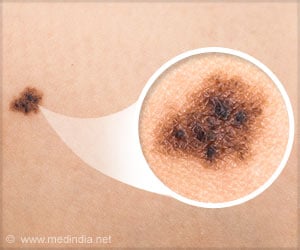New flame retardant products having compounds at increasing concentrations are surfacing in the environment according to current study by researchers at Indiana University Bloomington.

The chemicals -- 2-ethylhexyl tetrabromobenzoate, also known as TBB; and bis(2-ethylhexyl) tetrabromophthalate, or TBPH -- are used to reduce flammability in such products as electronic devices, textiles, plastics, coatings and polyurethane foams.
They are included in commercial mixtures that were introduced in recent years to replace polybrominated diphenylethers (PBDEs), widely used flame retardants that have been or are being removed from the market because of their tendency to leak from products into the environment.
"We find that the environmental concentrations of these compounds are increasing rather rapidly," Hites said. "It's rare to find that concentrations of any compound are doubling within a year or two, which is what we're seeing with TBB and TBPH."
The researchers measured concentrations of TBB and TBPH in 507 air samples collected at six locations on the shores of the Great Lakes. The samples were collected by the Integrated Atmospheric Deposition Network, a joint U.S.-Canada project, conducted by IU researchers, to monitor airborne toxic chemicals that are deposited in the Great Lakes.
The results constitute the first self-consistent data set that shows environmental concentrations of TBB and TBPH increasing relatively rapidly. Previous studies have found the compounds in sewage sludge in California, marine mammals in Hong Kong and household dust and furniture foam in the U.S.
TBPH was detected more frequently and in higher concentrations than TBB. The concentrations are similar to those reported previously by Hites and Venier for PBDEs at the Great Lakes sites, suggesting the newer-generation flame retardants may be replacing their predecessors in the environment.
 MEDINDIA
MEDINDIA




 Email
Email




